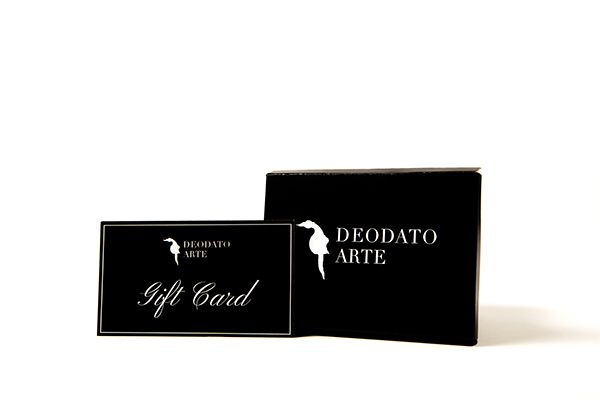
Thank you!

Xiaogang Zhang
Zhang Xiaogang - Artist biography
Born in Kunming in the Chinese province of Yuannan in 1958, Zhang Xiaogang is a Chinese painter and a leading exponent of the contemporary Chinese avant-garde. His stylized portraits take inspiration from the Surrealist movement and maintain a formal, posed aesthetic. His works focus on the aftermath of the Cultural Revolution and the significance of family, history, and memory in modern China.
The first steps in art
Accepted into the prestigious Sichuan Academy of Fine Arts in Chongqing in 1977, Zhang started to study oil painting. At the time he was studying art, the professors taught the style of Revolutionary Realismestablished by Chairman Mao. This inspired the artist and his peers to deal with topics of Western philosophy and introspective individualism, while rejecting political and ideological topics.
"When I was 17, I told myself I wanted to be an artist… I felt that art was like a drug. Once you're addicted, you can't get rid of it". - Zhang Xiaogang
After graduating, Zhang wanted to become a teacher, but was denied the opportunity. The rejection hit him so hard that he fell into depression. Between 1982 and 1985, he worked on construction sites in his hometown and began to develop an alcohol addiction. Zhang had difficulty fitting into society. His alcoholism led him to be hospitalized, where he started to paint the series “The Ghost Between Black and White”, which included the artist's vision of life and death while lying in hospital.
Bloodlines
Zhang Xiaogang grew up during a time when China was in the grip of political unrest, known as the Cultural Revolution. During these years, the artist's parents were taken to re-education for three years by the Chinese government. This had a strong influence on the artistic production of Zhang, leading him to create his most famous serious work Blodlines in the 1980s.
The artist discovered old photo albums of his family, which inspired him to create works in which the language of photography was translated into paintings, mostly in black and white. Incorporating the quality of formal poses achieved in photographic studios and the greyscale colour palette, the figures in Xiaogang's work are nameless and timeless: a series of individual stories depicted within the rigid confines of the formula. The occasional splashes of colour that interrupt his images create unusual delimitations between photography and painting.
The series has been exhibited worldwide, from the Pace Gallery in New York to the 1995 Venice Biennaleand the Daegu Art Museum.
Revolution in the artworks
The works by Zhang Xiaogang are strongly shaped by his family history, which influenced the artist from an early age. However, the 1989 Tian'anmen Square protest also had a strong influence on the artist:
"In my opinion, art and life are one concept, and engaging in art also means engaging in living, but this thought of mine no longer has any value after the bloody event of 1989. I realised then that an individual is completely insignificant in the face of destiny.” - Zhang Xiaogang
Until 1997, his works could not be exhibited in China because they were considered too politically sensitive. Today, however, he is one of the most sought-after contemporary Chinese artists both in China and abroad.
The works by Zhang Xiaogang for sale online with prices and value by Arte
If you are interested in the artist, you can find the artworks of Zhang Xiaogang for sale online on our website. The works are hand-signed by the artist and provided with certificate of authenticity.
If you are interested in knowing Zhang Xiaogang's prices, value or which works will be on display at the Deodato Arte Contemporary Art Gallery, do not hesitate to contact us by sending an e-mail to [email protected].











 Register
Register Wishlist
Wishlist Contact Us
Contact Us


